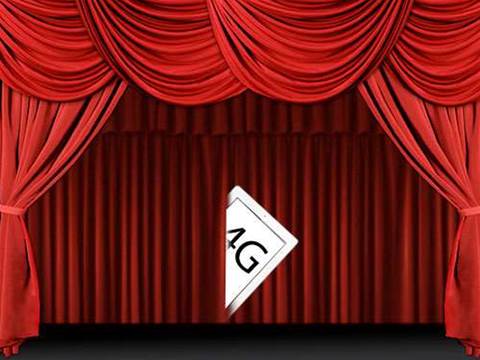Newcastle is set to become a fresh battleground for mobile subscribers as rival carriers launch next-generation networks in the NSW Hunter region city, according to analysts.
Optus is set to unveil its first Long Term Evolution network in the area this week, using the city - along with the Hunter Valley and stretching north to Port Stephens - as a testbed for the nascent technology.
Its network, built on Huawei technology, will boast speeds of up to 40 Mbps download - more than five times the theoretical speeds available with Optus today - and potentially more reliable coverage.
Despite seemingly successful trials, however, Optus has kept all details on pricing, devices and availability outside of "April 2012" close to its chest.
Telstra's competing LTE network has been available in Newcastle for seven months, allowing users with one of five compatible devices to tap into the faster speeds.
The telco's marketing ploy has relied on charging the same as it does for its existing Next G network and providing a seamless switch between 4G and predecessor networks.
But announcing its intentions this week to double its LTE mobile footprint in the Newcastle area - within days of Optus' launch - shows the beginning of a battle for subscribers looking for the fastest possible speeds.
An Optus spokesman said the telco was "not worried" but analysts said the rival telcos' marketing and pricing plans will determine who better entices customers between networks.
"With one LTE operator in a given area, there is potential to poach subscribers from another operator not offering LTE," said Ovum telco analyst, Nicole McCormick.
"However, two LTE operators in a single area diffuses this swap-over scenario. In this case, the debate over which LTE service to choose will come down to price and what LTE devices are available and possibly speed of service."
Telstra garnered at least 100,000 subscribers in the three months since launching its national LTE network in September last year and the number is set to grow dramatically for all carriers as they slowly migrate to the faster services.
Telsyte this week predicted device sales would grow to 350,000 by the middle of this year, rapidly increasing to seven million devices sold by mid 2016.
The introduction of Vodafone Australia to the 4G market sometime next year, as well as the sale and division of radio spectrum better suited to such networks, would likely contribute to growing demand.
Beginning the retail battle in Newcastle - with a population of nearly 300,000 - rather than a data-hungry capital city, strikes some observers as unusual.
"At the regional level I think the impact of 4G will be minimal as the number of users who desperately need high-speed data connections, at the beginning they're still in the cities," Telsyte analyst Alvin Lee said.
In the longer term, users would become more enticed by the 4G network as a faster option over current 3G capabilities as well as a potential replacement for fixed-line networks in some circumstances.
As competition grows, too, the number of customers are likely to increase.
"Telstra is a fierce competitor on LTE," McCormick said. "It is determined at the very least to keep its blue-chip customers in Newcastle from potentially churning to Optus if it was the sole LTE provider in that city."





.png&h=142&w=230&c=1&s=1)


_(21).jpg&h=142&w=230&c=1&s=1)




.jpg&w=100&c=1&s=0)










